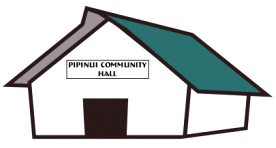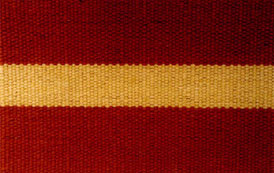Estimate these II
This task is about making sensible estimates for some number problems.
In each box below clearly show how you worked out your best estimate. Estimate; do not do an exact calculation.
| a) |
Card A: Estimate the total cost of 1 first aid kit, 1 store tent, and 1 torch.
|
||
|
b)
|
Card B: Estimate the total cost of 40 tins of tomatoes and 20 loaves of bread.
|
||
|
c)
|
Card C: Estimate the total cost of 3 utensil sets, 8 batteries, 2 water bottles, and 5 gas cookers.
|
||
|
d)
|
Card D: Estimate how much it cost each of the 9 people for the kayaking lesson, assuming they all paid the same amount. Estimate, do not do an exact calculation.
|
||
|
e)
|
Card E: Energy bars come in boxes of 48. Each bar costs $2.05. Estimate how much each person pays if the cost is equally shared between 18 people.
|
||
|
Card A
Estimate the total cost of hiring the hall, the lights, and 100 seats for one night.  Hall - $96.25 per night |
Lights - $71.66 per night
 |
|
|
Card B Estimate the total cost of 12 plastic swords. Sword - $24.50 each  |
Card C Estimate the total cost of 17 umbrellas. Umbrella - $9.60 each  |
|
|
Card D Estimate the total cost of 2 metres of silk, 5 metres of cotton, and 9 metres of elastic. |
||
Silk - $9.95 per metre |
Cotton - $4.25 per metre |
Elastic - $2.80 per metre |
|
Card E
If the total costs for the show are $512, then estimate the number of tickets that will need to be sold to cover costs if each ticket costs $4.80.
Ticket - $4.80 each  |
||

